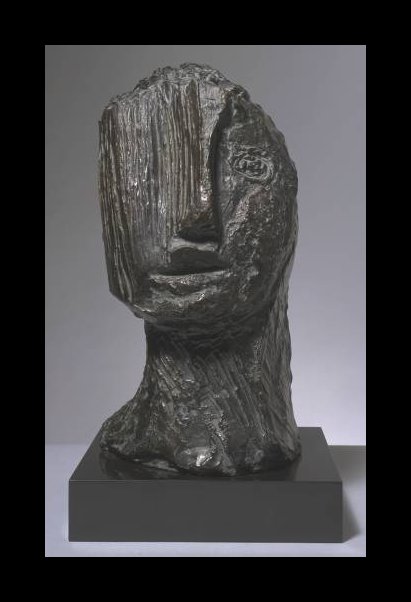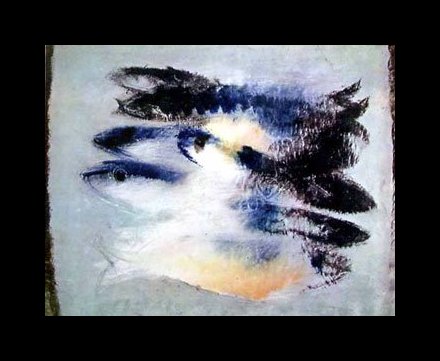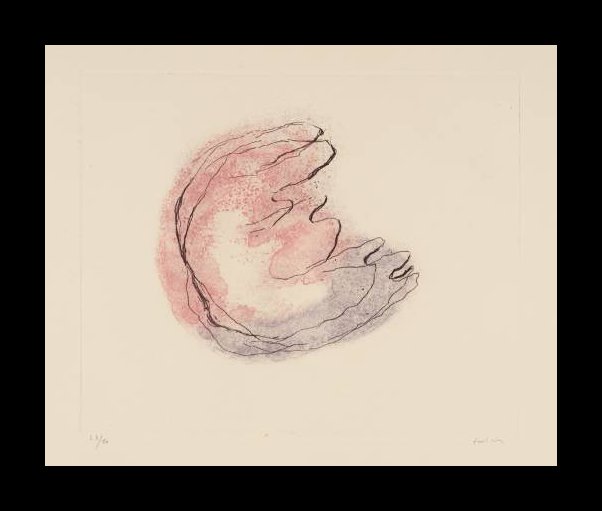Jean Fautrier (1898-1964)
Get a Fautrier Certificate of Authenticity for your painting or a COA for your Fautrierdrawing, print or sculpture.
For all your Fautrierartworks you need a Certificate of Authenticity in order to sell, to insure or to donate for a tax deduction.
How to get a Fautrier Certificate of Authenticity is easy. Just send us photos and dimensions and tell us what you know about the origin or history of your Fautrierpainting, drawing, print or sculpture.
If you want to sell your Fautrierpainting, drawing, print or sculpture use our selling services. We offer Fautrier selling help, selling advice, private treaty sales and full brokerage.
We have been authenticating Fautrierand issuing certificates of authenticity since 2002. We are recognized Fautrierexperts and Fautrier certified appraisers. We issue COAs and appraisals for all Fautrier artworks.
Our Fautrierpaintings, drawings, prints and sculptures authentications are accepted and respected worldwide.
Each COA is backed by in-depth research and analysis authentication reports.
The Fautriercertificates of authenticity we issue are based on solid, reliable and fully referenced art investigations, authentication research, analytical work and forensic studies.
We are available to examine your Fautrierpainting, drawing, print or sculpture anywhere in the world.
You will generally receive your certificates of authenticity and authentication report within two weeks. Some complicated cases with difficult to research Fautrierpaintings, drawings or sculptures take longer.
Our clients include Fautriercollectors, investors, tax authorities, insurance adjusters, appraisers, valuers, auctioneers, Federal agencies and many law firms.
We perform Jean Fautrier art authentication, appraisal, certificates of authenticity (COA), analysis, research, scientific tests , full art authentications. We will help you sell your Jean Fautrier or we will sell it for you.

Jean Fautrier was a painter that defied classification, whose style bordered on the edges of Abstraction, Surrealism and Cubism. He has been compared with artist Alberto Giacometti, but truly was an artist in a league of his own. Essentially, Fautrier is known as one of the founders of “informal art” and also as one of France’s greatest painters of post-war themes.

Raised in London, Fautrier would attend the Royal Academy of Art as well as the Slade School of Art and eventually moved to Paris. Fautrier found this formal teaching too restrictive, however, and went off to create a style of his own. Fautrier was not just a painter, but a sculptor, illustrator and printer as well.

He had his first solo exhibition in 1924 at the Galerie Visconti. It was here that critics began to take notice of the young Fautrier and he gained a reputation for himself that would last his entire career.

Fautrier left Paris during World War II but returned after the war to begin painting again. Fautrier is probably best known for his painting series “Otages” (which means “Hostages”) that serve as a remembrance of the horrors of World War II. This series was well received at his 1945 exhibition and continue to be his leading trademark.


Besides being a painter, Fautrier also worked as a ski instructor as well as in the hotel and night club industry in the French Alps in the 1930’s. Hard times forced him to quit painting in the 1930s, so he supported himself any way he could. It would be a rare treat to find artwork created by Fautrier during this downtrodden time.

Fautrier gained a great deal of notoriety as a painter early on and remained in the public eye until the end of his life. However, Fautrier’s success was mainly celebrated in France, and he was little known abroad. He won a number of awards like the Grand Prix International in 1961, and was the guest of honor at the 1960 Venice Biennial.


Reviews
1,217 global ratings
5 Star
4 Star
3 Star
2 Star
1 Star
Your evaluation is very important to us. Thank you.
